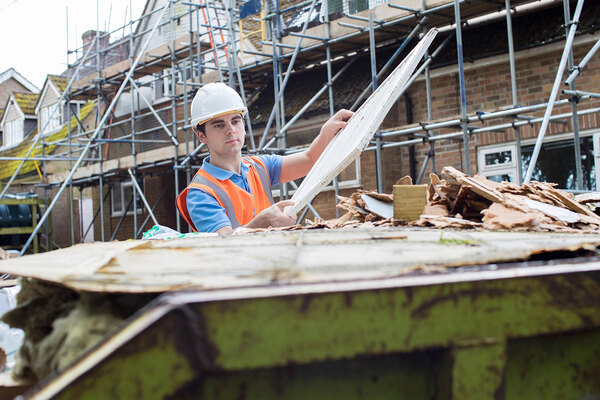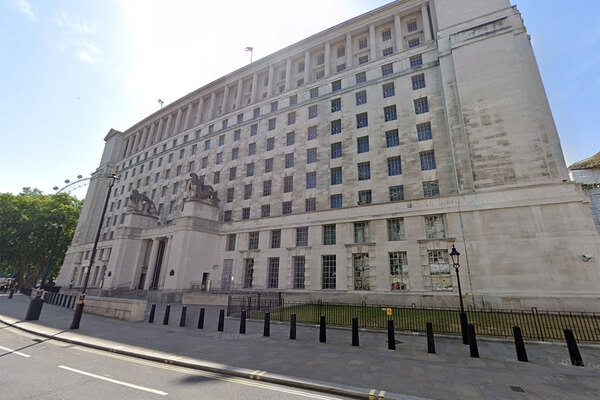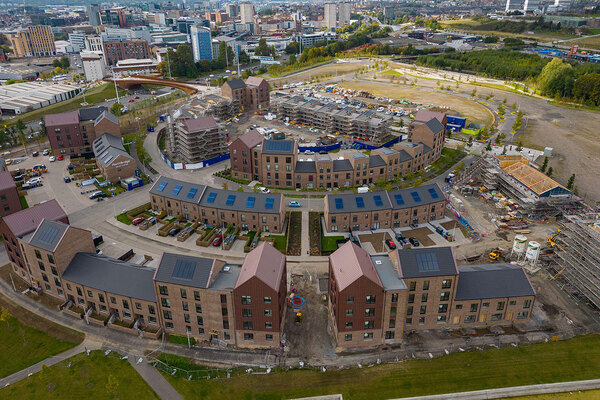You are viewing 1 of your 1 free articles
Scottish regulator asks landlords to provide information on RAAC
The Scottish Housing Regulator (SHR) has asked landlords to submit information to establish the extent of potentially dangerous concrete in their social housing stock.
All social landlords in Scotland have received a letter from the SHR this month requesting information on reinforced autoclaved aerated concrete (RAAC).
Registered providers have until the end of October to tell the regulator how many of their homes were affected by RAAC, as well as any non-residential buildings they own or homes they have previously sold which may be affected.
The SHR said it was working with the Scottish government to gather information on the presence of RAAC in domestic buildings.
The lightweight concrete was used between the 1950s and 1990s in the floors, walls and roofs of some buildings in Scotland, including residential properties.
More than 100 English schools have recently either partially or fully closed due to fears over the risks of RAAC, which is weaker than standard concrete and more prone to collapse because of its “bubbly” construction.
“It is likely that RAAC is not widespread in homes provided by social landlords,” the Scottish regulator said. However, it pointed out that “several landlords have identified the presence of RAAC in some of the homes they provide”.
This includes Aberdeen City Council, which has suspected that the potentially dangerous concrete was used in hundreds of homes on the Balnagask estate in the south-east of the city.
The age of the property and its construction type are good initial indicators of the potential for RAAC to be present, the SHR said, although it may also be in other homes where original building components have been replaced.
For example, “where flat roofs have been replaced during the time when RAAC was in use”.
The presence of RAAC “does not necessarily present an immediate risk”, the letter said.
“The safety of tenants and residents is of paramount importance, and so it is critical that landlords have a good understanding of the presence and condition of RAAC in the homes they provide and that they have an appropriate plan for its management,” the SHR added.
For landlords that have yet to begin identification work, the Scottish regulator advised a four-step approach: a desk-based review; visual inspection; a detailed site survey to identify risk and response; then the implementation of risk management.
Landlords will also need to consider the potential for the presence of RAAC in non-housing buildings they own or manage.
Sign up for our Scotland newsletter
Already have an account? Click here to manage your newsletters












